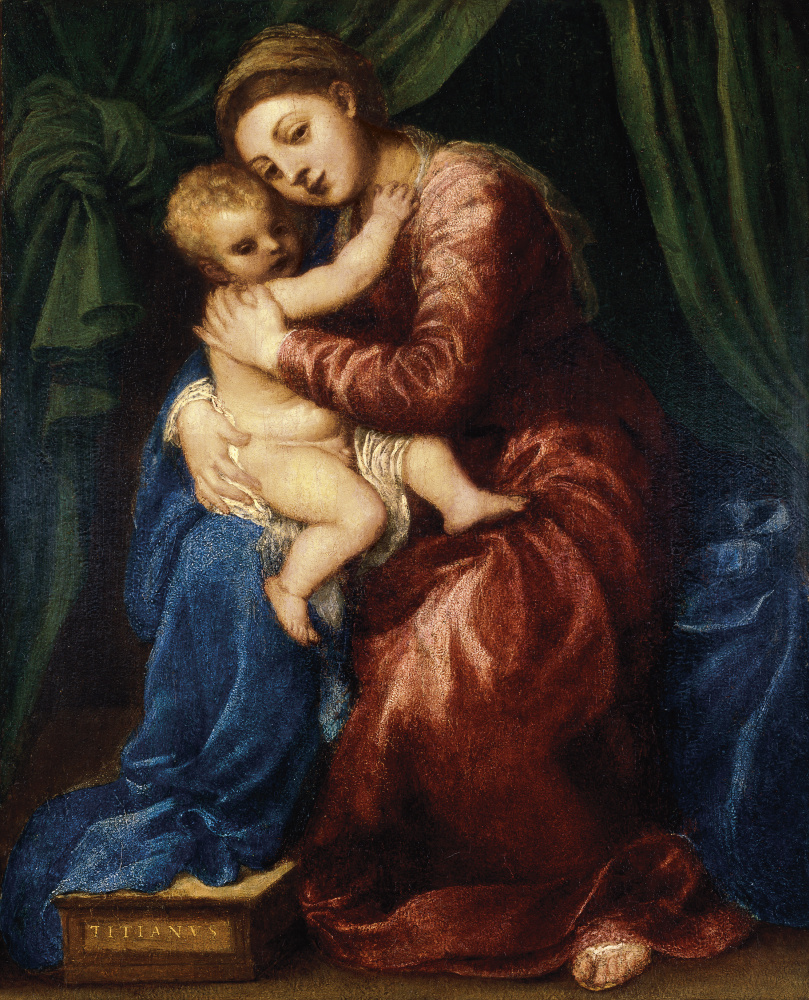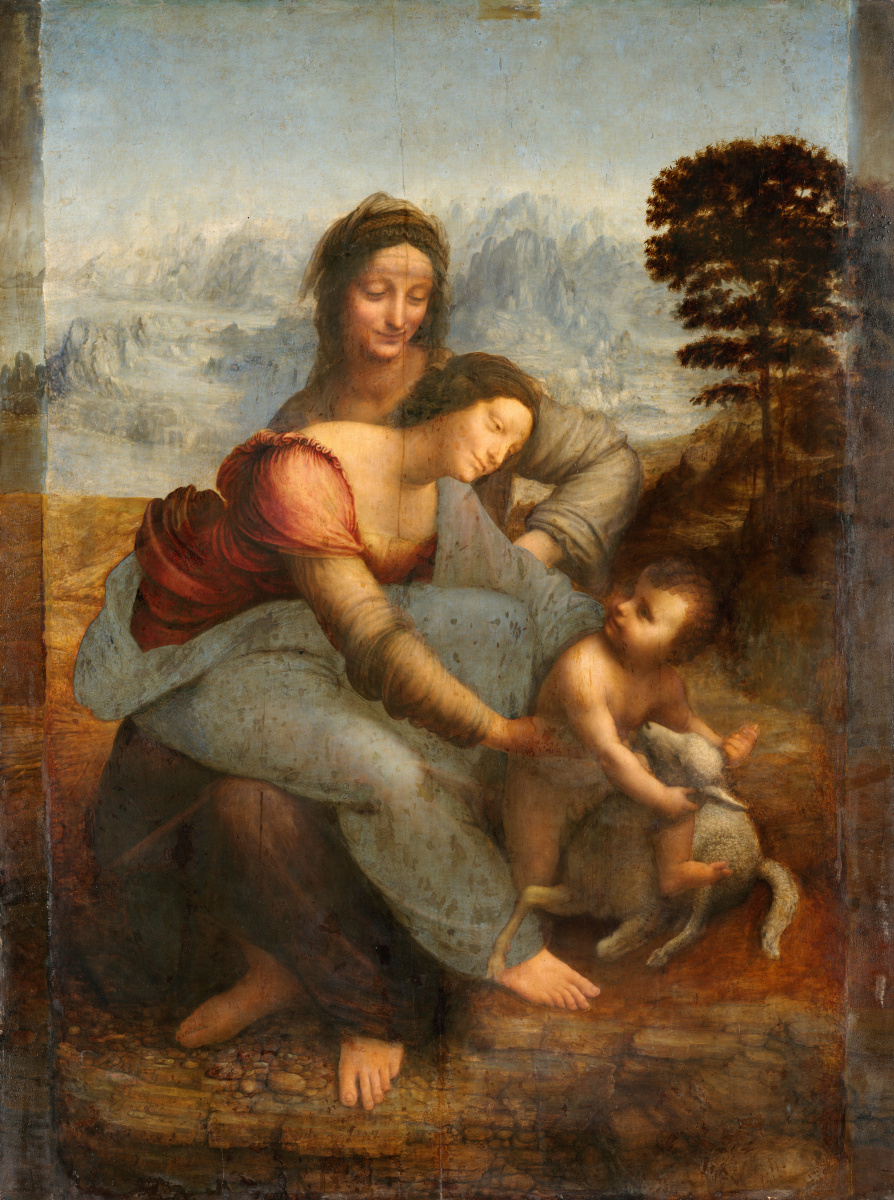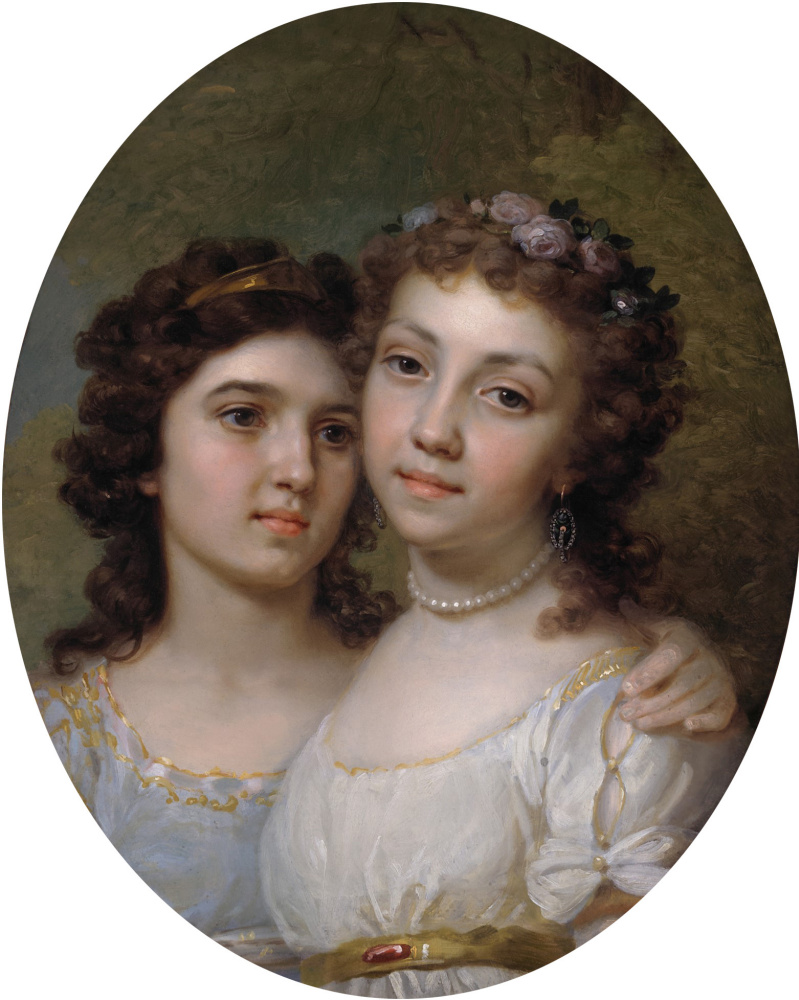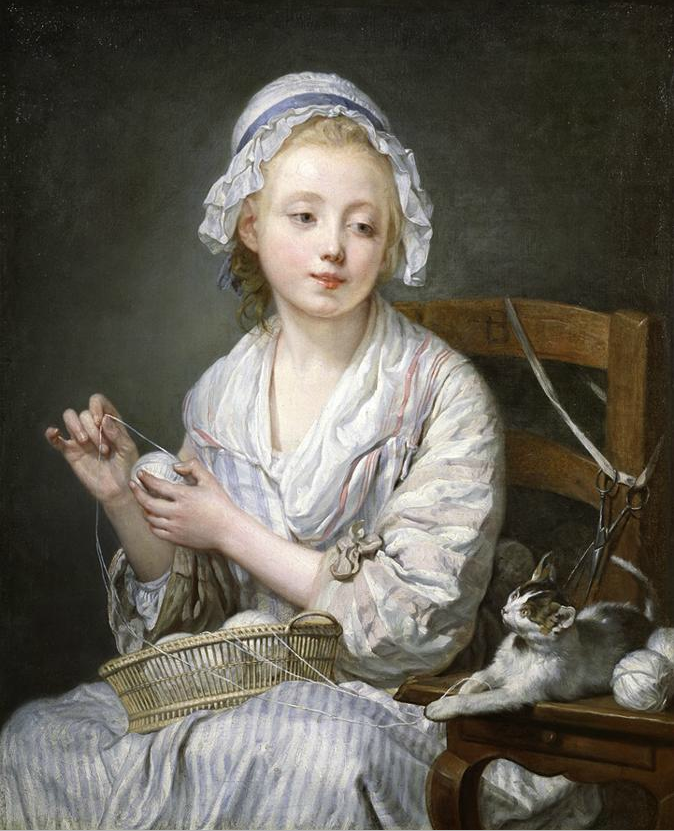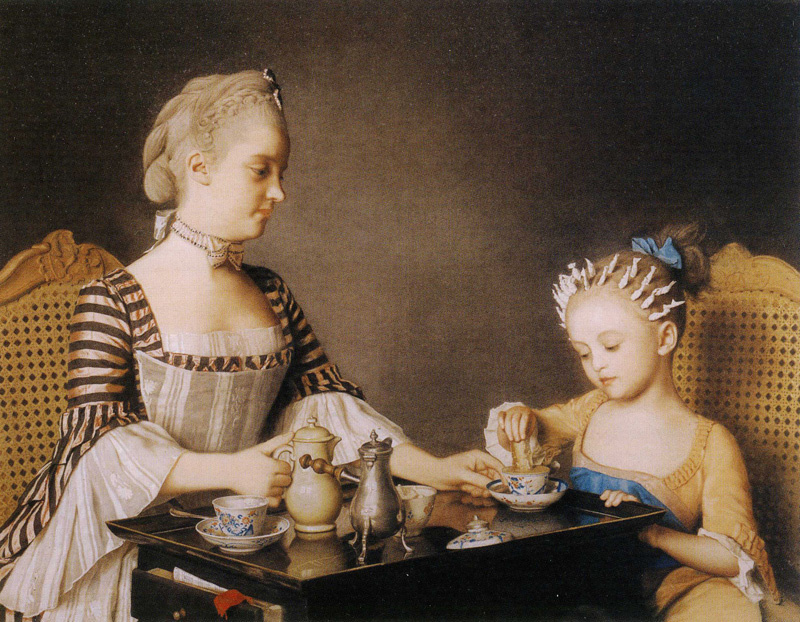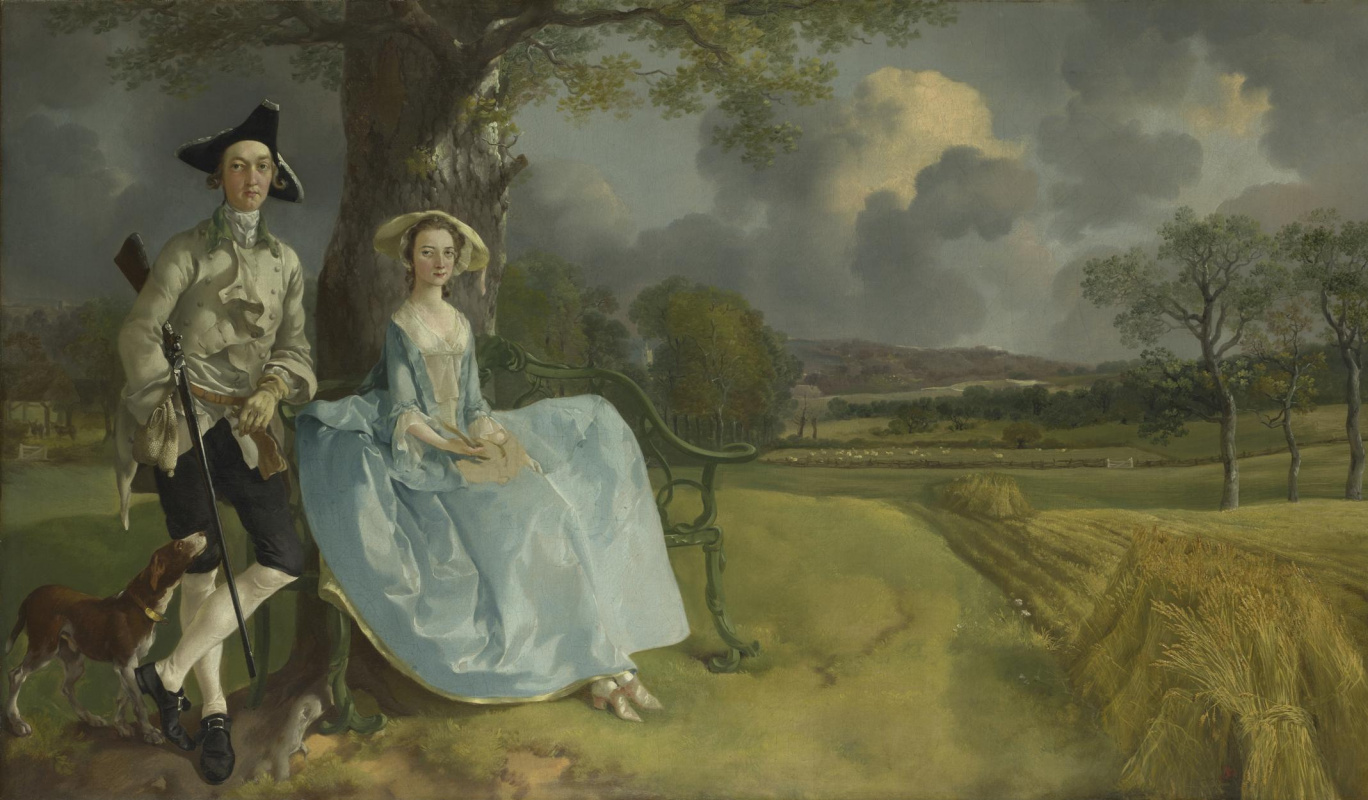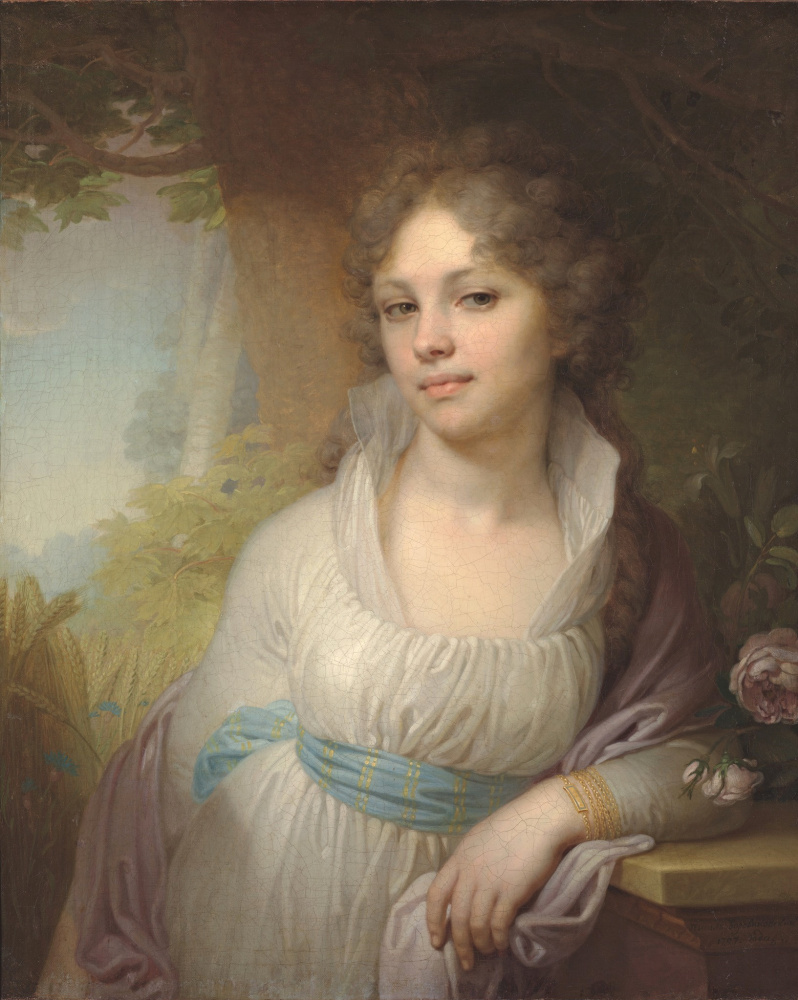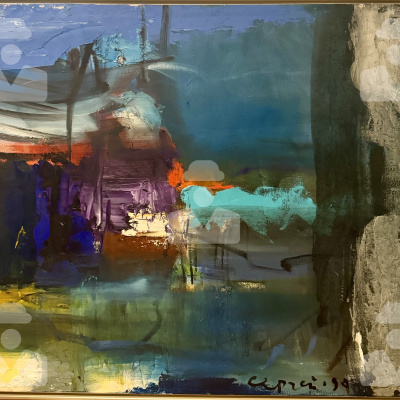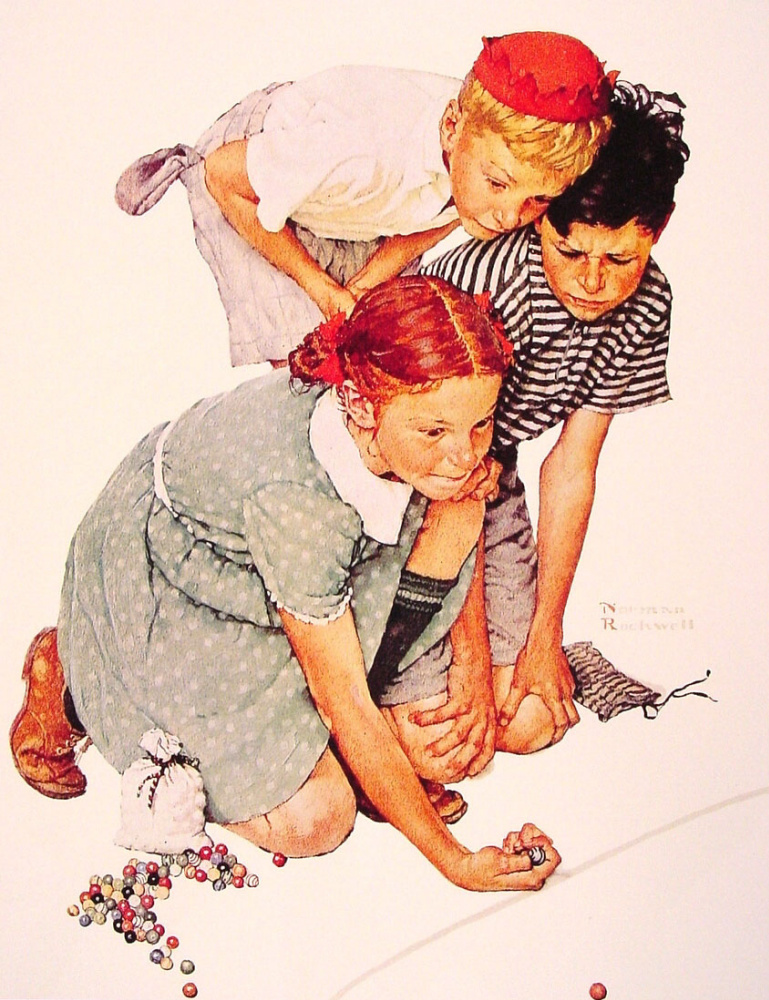The innocence of thecharming babies, the sinlessness and purity of the youth, the satisfaction of the life zenith and the touching wisdom of an old age — such scenes in painting always appeal to the viewer’s feelings, causing the majority to feel affection and tenderness. The atists who work in sentimentalism try to penetrate the heart of a viewer, bypassing the mind, and some do it really brilliantly.
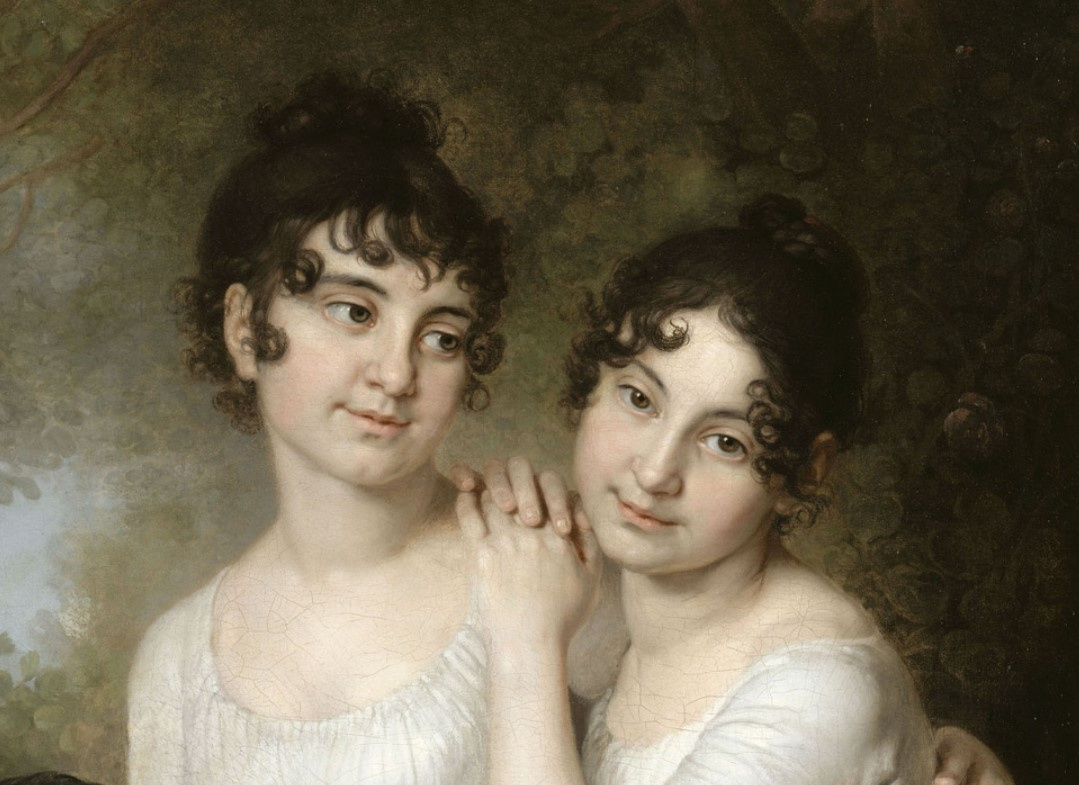
Painters used the sentimental subjects to melt the stoniest hearts since ancient times. The simplest and most common example is the innocent baby Christ in the arms of his mother Mary, who pours her love and tenderness on the child — this subject causes genuine affection among the believers. At a time when the portrait was not yet a high genre, icon painters skillfully used facial expressions, postures, and composition to tell a biblical story in the plane of an immovable picture and evoke a lively response in the souls of the worshipers. After all, if we omit the names and the purpose, we will see a happy mother with a baby, the most wonderful subject.
Madonna and Child
1540, 37.5×31 cm
The claim to empathy, love of nature, pacifying landscapes, the desire for solitude, they all were also used with great skill by the artists of the Renaissance
era to paint the sentimental subjects.
The Virgin and Child with Saint Anne
1510, 168×112 cm
The sensuality of a subject was one of the revolutionary finds of the Renaissance
artists along with the linear perspective and frontal portrait. The motionless and stern faces of the saints, that had been filled with sorrow and edification, were gone. Artists turned to the human soul directly, and the subjects of their paintings became more human and plastic.
The Holy Family under an Oak Tree
1518, 144×110 cm
Sentimentalism began to dominate in the European culture around the 1820s, and it all started with literature. One of the prominent representatives of the genre was the Scot James Thomson, who wrote a series of poems The Seasons (1726—1730). In France, the works by Antoine Prevost were very popular, the readers were captivated by such books as "Manon Lescaut" (1731) and "English Philosopher" (1732—1739). Somewhat later, the philosopher and thinker Jean-Jacques Rousseau created one of the main novels of sentimentalism "Julie, or the New Heloise" (1760). All these works were characterized by touchingness and sensuality, a compulsory reference to morality and a melancholy mood. Towards the end of the 18th century, sentimentalism penetrated into Russia as well. For example, "Poor Lisa" by Nikolai Karamzin, who opened a series of "pious", "merciful" and "unhappy" heroines of sugary novels so close to the hearts of romantic ladies of all classes.
Lizynka and Dashinka
1794, 31.8×26 cm
Literary flows fuelled the painters of that time, and at the end of Rococo period, sentimentalism penetrated the visual arts. The artists who worked in sentimentalism avoided the dark side of human nature, expelling from their stories envy and greed, anger and excessive sexuality. The recognized maître of sentimentalism is the Frenchman Jean-Baptiste Greuze. His paintings are full of edification and emotions, sometimes excessive and overly sugary. Wishing to strengthen the moral component of his works, this artist accompanied some of the works with explanations and comments.
Wool Winder
1759, 74.6×61.3 cm
Sentimentalism did not become an independent art movement, and by the 1780s it had practically disappeared, however, many artists of the mid-18th century used its techniques.
We can trace the references to the genre in the paintings of the Englishman Thomas Gainsborough, as well as in the works of the Frenchmen Jean Chardin and Louis-Léopold Boilly. We can say that some principles of sentimentalism — for example, a demonstration of high morality and virtue — became the components of neoclassicism, which replaced the frivolous rococo.
Mr and Mrs Andrews
1749, 69.8×119.4 cm
In Russian painting, one of the enthusiastic adherers of the genre was the portrait painter Vladimir Borovikovsky. The subjects of his works are surprisingly human and soulful, and in the delicate backgrounds you can clearly see the influence of English landscape
painters such as Richard Wilson or Jacob Hackert.
Portrait of Maria Ivanovna Lopukhina
1797, 72×53.5 cm
The pastoralism and nostalgia of the sentimentalism never disappeared, they are still with us. This genre is loved by the illustrators who paint cute kids with charming little animals, wonderful houses in the snow and old cars against rural landscapes. Almost everyone has his/her favourite drawings by Norman Rockwell, Bertha Warren Boyd or Tasha Tudor.
Marbles champion
1939, 56×71 cm
Sometimes we do not even know the names of the "typical representatives of the genre of sentimentalism": the fact is that most of the popular greeting cards, one way or another, awaken tender, sentimental feelings in us.






